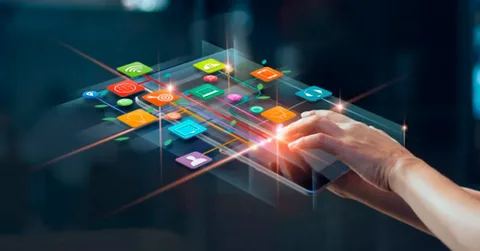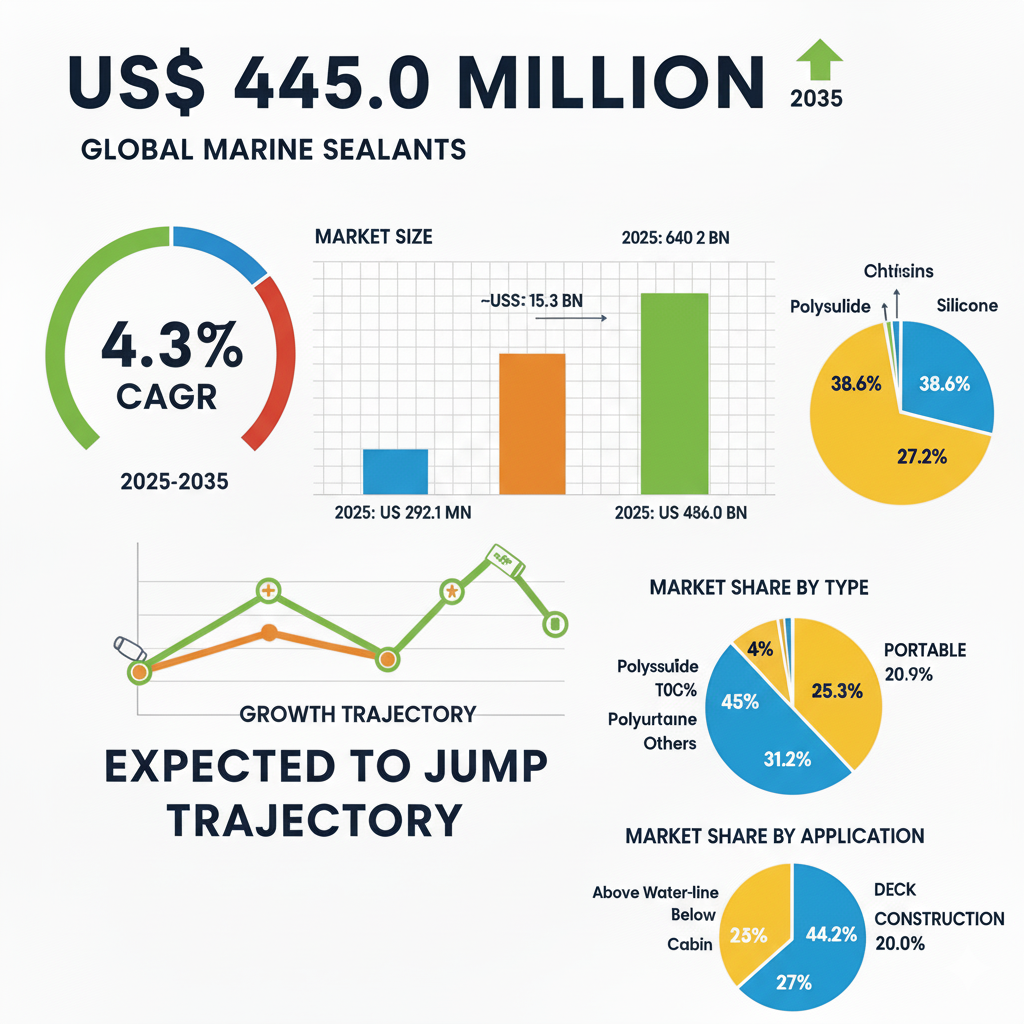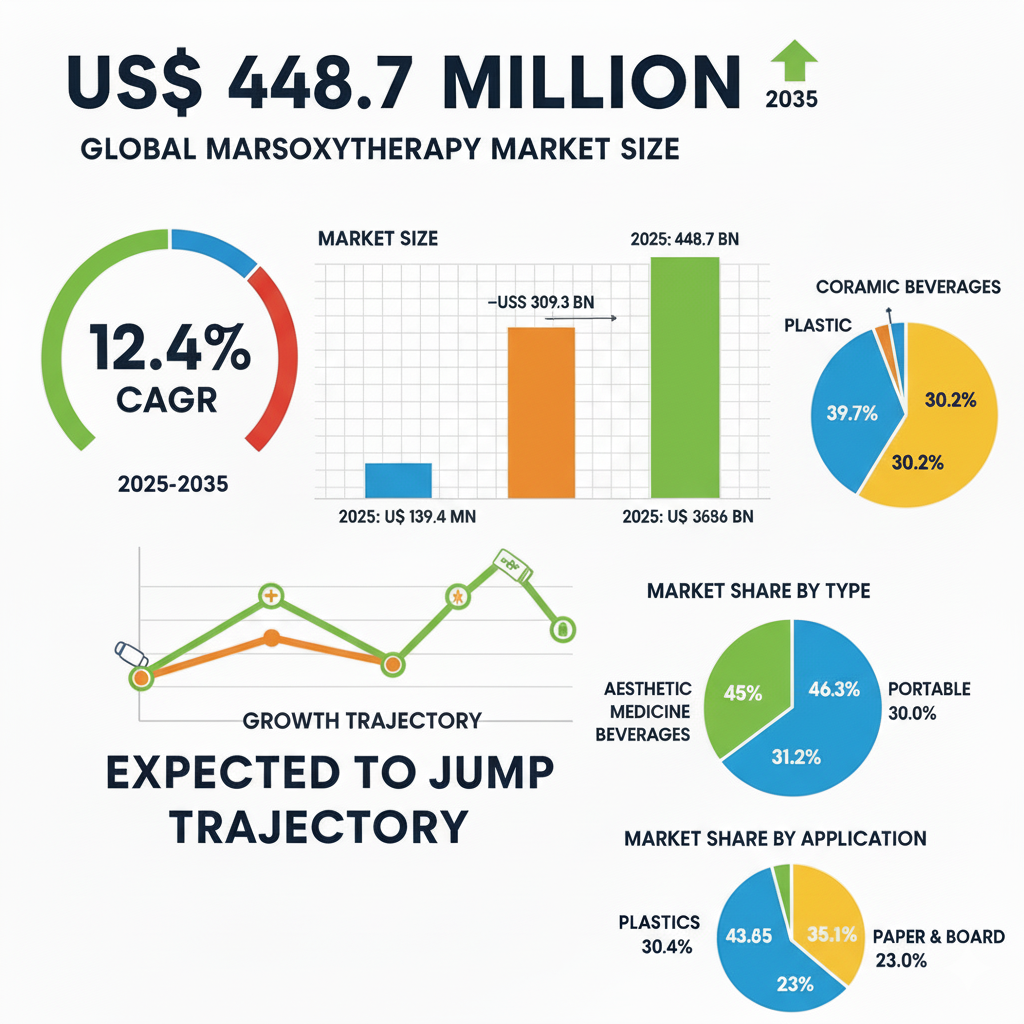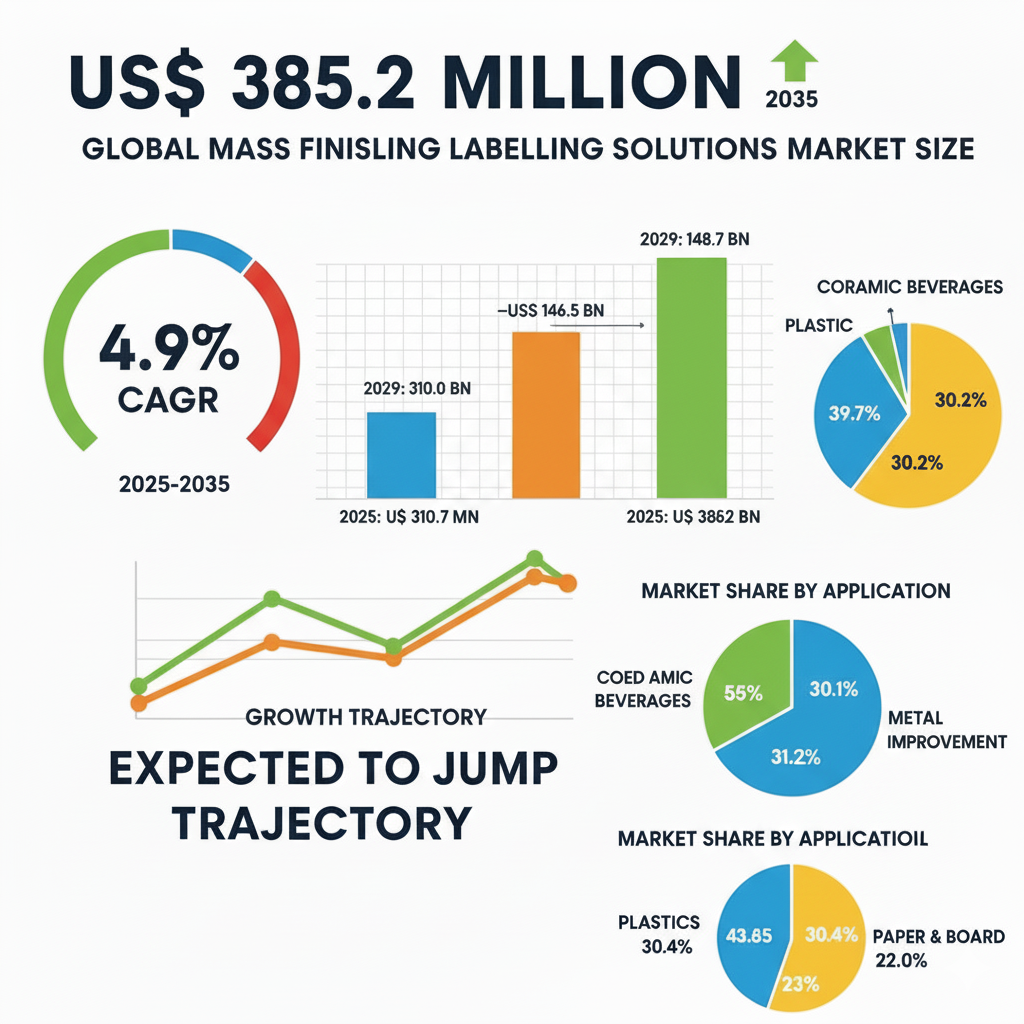The global sales of Digital Power Conversion are estimated to be worth USD 24138.7 million in 2025 and anticipated to reach a value of USD 64455.1 million by 2035. Sales are projected to rise at a CAGR of 10.3% over the forecast period between 2025 and 2035. The revenue generated by Digital Power Conversion in 2024 was USD 21880.7 million. The market is anticipated to exhibit a Y-o-Y growth of 10.3% in 2025.
In an increasingly electrified and connected world, managing power with precision, intelligence, and efficiency is more critical than ever. Digital power conversion, the technology that combines advanced power electronics with embedded control systems, is emerging as a foundational enabler of this transformation. From renewable energy systems and electric vehicles to data centers and smart appliances, digital power conversion is redefining how electricity is converted, controlled, and consumed.
As industries transition toward smarter, cleaner, and more responsive power architectures, digital power conversion is driving innovation at the intersection of energy and intelligence.
Get Ahead with Our Report: Request Your Sample Now!
https://www.futuremarketinsights.com/reports/sample/rep-gb-612
Beyond Analog: The Rise of Intelligent Power Control
Traditional analog power conversion systems are giving way to digital alternatives that offer greater flexibility, scalability, and real-time adaptability. Digital power converters use microcontrollers, digital signal processors, and software-based algorithms to dynamically adjust output based on load conditions, temperature, voltage fluctuations, and other environmental factors.
This enables more precise regulation, improved efficiency, and predictive control—transforming power conversion from a passive process into an intelligent, interactive function that can adapt to system needs in milliseconds.
Core to Electrification and Sustainability
Digital power conversion is playing a key role in advancing global sustainability goals. In renewable energy systems such as solar inverters and wind turbines, digital converters optimize power harvesting, grid synchronization, and fault management. In electric vehicles, they manage everything from onboard charging to motor control and battery management, helping extend driving range and reduce energy losses.
Across industrial and residential applications, digital power conversion reduces energy waste, supports load balancing, and enables integration with smart grids and distributed energy resources—making it a cornerstone of the global energy transition.

Customization and Modularity Across Applications
One of the major advantages of digital power conversion is its ability to support modular and application-specific designs. Whether for compact consumer electronics, high-power industrial equipment, or mission-critical aerospace systems, digital converters can be customized through software updates and reprogramming—eliminating the need for hardware redesign.
This flexibility accelerates development cycles, improves product scalability, and allows manufacturers to meet diverse regulatory and performance requirements across regions and sectors.
Enabling Predictive Maintenance and Remote Monitoring
Digital power conversion also brings enhanced diagnostic and monitoring capabilities. Embedded sensors and communication protocols enable real-time data collection on temperature, current, voltage, and system status. This data can be used for predictive maintenance, failure prevention, and performance optimization.
With remote access and cloud integration, digital power systems can be monitored, controlled, and updated without physical intervention—reducing downtime and operational costs while improving reliability and safety.
Challenges in Complexity, Integration, and Cost
While the benefits of digital power conversion are clear, several challenges remain. Designing high-performance digital control systems requires specialized expertise in both power electronics and embedded software. Ensuring low latency, high-speed processing, and electromagnetic compatibility adds complexity to system development.
Cost is another factor, especially in cost-sensitive markets or low-power applications. Balancing advanced functionality with affordability requires innovation in component design, software optimization, and system integration strategies.
Extensive Market Research: Complete Report and Findings
https://www.futuremarketinsights.com/reports/digital-power-conversion-market
The Backbone of Smart Infrastructure
As digital transformation accelerates across industries, digital power conversion is becoming essential to powering smart infrastructure. From 5G base stations and industrial automation to smart homes and IoT devices, digital power systems enable reliable, efficient, and scalable energy delivery for next-generation technologies.
The integration of AI, machine learning, and edge computing into power conversion systems is opening new possibilities for autonomous energy management, real-time optimization, and adaptive load control—paving the way for self-regulating energy ecosystems.
Quietly Powering the Digital Age
Though often invisible to end users, digital power conversion plays a critical role in nearly every modern electronic system. Its ability to manage energy intelligently and efficiently makes it a foundational technology for the future of electrification, connectivity, and sustainability.
As demands for clean energy, smart devices, and electrified transportation continue to grow, the digital power conversion market will remain at the heart of innovation—silently but powerfully shaping the way the world is powered.






